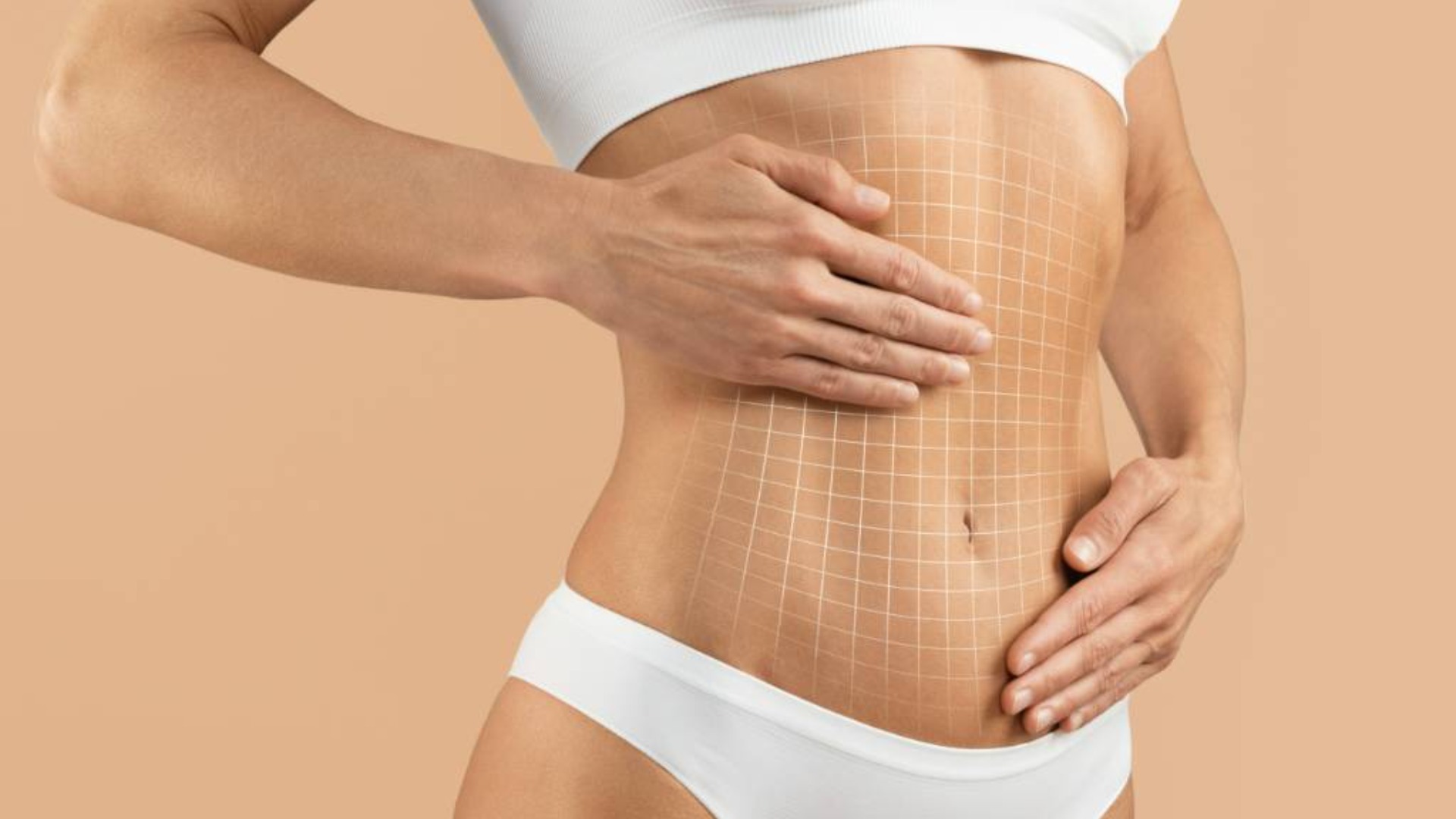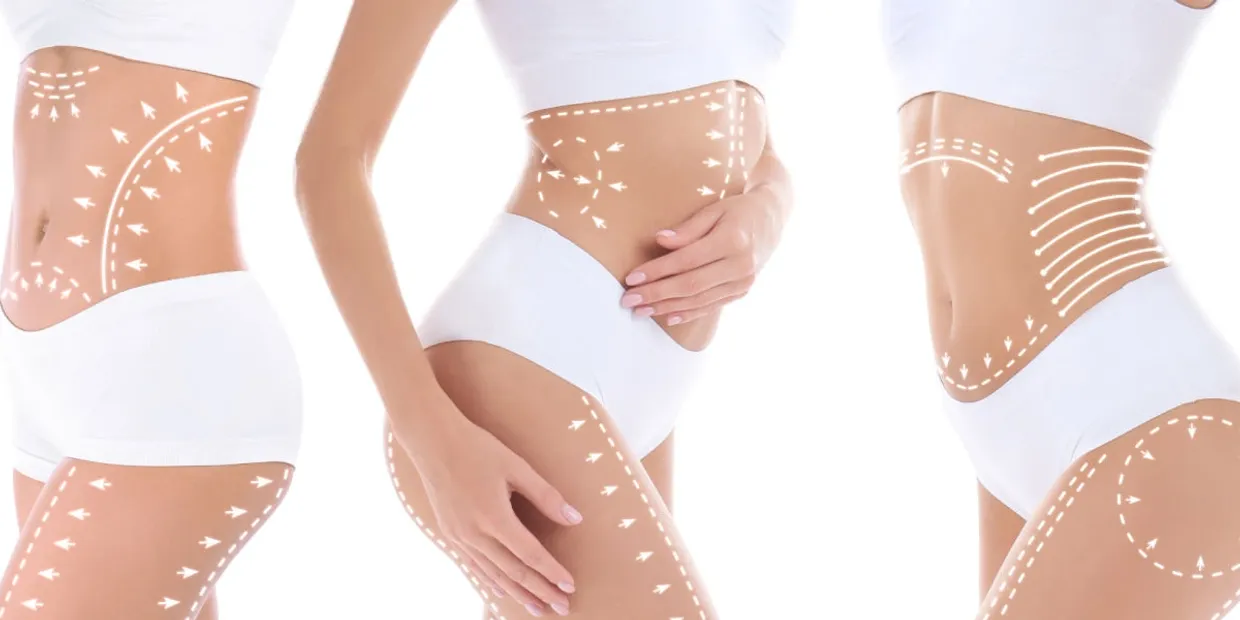Fat dissolving injections are effective in treating subcutaneous fat of the abdomen. Research has shown that after 3 to 4 treatments, the thickness of abdominal fat can be reduced by about 18% to 25%. Each injection is recommended to be spaced 4 to 6 weeks apart, and results take a few months to appear.
Mechanism and Ingredients
The fundamental mechanism behind Fat dissolving injections involves specific medicines capable of destroying the membranes of fat cells. Because of this, the fat inside the cells is broken down and removed through the lymphatic system. The most commonly used ingredient is deoxycholic acid, a naturally occurring bile substance in the body responsible for the digestion and absorption of fats. Once the fat cells are destroyed by the injections, they do not regenerate; the fat-reducing effect can last as long as the individual maintains a healthy lifestyle.
Dosage and concentration vary with each treatment area depending on the thickness of the fat. Typically, an injection dose is around 2 to 4 milliliters per session, with a reduction in fat cells following each treatment averaging 18% to 24%. For abdominal fat, treatment usually involves 3 to 4 sessions separated by 4 to 6 weeks.
Patients with thicker abdominal fat tend to notice more fat reduction after several sessions, particularly where subcutaneous fat is between 2 and 5 centimeters thick. When fat thickness is reduced, the skin looks and feels more even and smoother, without indentations or lumps.
The effect of Fat dissolving injections does not appear right away. Gradually, the reduction of fat becomes noticeable approximately 4 to 6 weeks after the injection, although in many instances, results are optimal 3 months following treatment. Therefore, patients need to be patient and follow all recommendations from their doctor.
Types of Abdominal Fat and Indications
Abdominal fat can be broadly divided into two kinds: subcutaneous fat and visceral fat. Fat dissolving injections primarily target subcutaneous fat and do not affect visceral fat. Subcutaneous fat is situated between the skin and muscles and results from body fat distribution, lifestyle habits, and metabolic factors. Visceral fat is located deeper around the organs and is closely associated with metabolic illnesses such as diabetes and hypertension.
Fat dissolving injections are indicated for patients with normal or slightly overweight body weight who have significant local subcutaneous fat accumulation in the abdomen. When the thickness of subcutaneous fat ranges between 2 and 5 centimeters, Fat dissolving injections can effectively decrease fat thickness and improve the contour and lines of the abdomen. Especially in stubborn areas of fat that persist despite diet and exercise, injection therapy often produces more ideal results.
This injection treatment is not suitable for obese patients, especially those with excessive visceral fat. In such cases, Fat dissolving injections cannot solve the fundamental fat problem and often need to be used together with diet control, exercise, and other systemic methods of reducing fat to improve health. If an individual’s weight exceeds the normal range mainly due to excessive visceral fat accumulation in the deeper parts of the abdomen, the effect of Fat dissolving injections is relatively minor.
Among patients whose subcutaneous fat is between 3 to 4 centimeters thick, after 4 treatments, fat thickness can be reduced by as much as 25%. However, patients with thinner subcutaneous fat—less than 2 centimeters—had somewhat less effect, with a reduction of about 15%. Moreover, the majority of patients treated reported that their abdomens became smoother and firmer, with the outlines of their contours more defined.
Clinical Data and Effectiveness Evaluation
Clinical research on Fat dissolving injections shows that this treatment is effective for reducing localized fat, especially in areas of abdominal fat accumulation. Several clinical trials indicate that after 3 to 4 injection treatments, fat thickness can be reduced by about 18% to 25%. The specific effectiveness varies according to the patient’s metabolic capacity, severity of fat accumulation, and dosage of treatment applied.
In a randomized controlled trial, researchers administered Fat dissolving injections to 50 patients with abdominal fat thickness ranging between 2 to 4 centimeters. By the end of 3 treatments, the fat thickness of the subjects reduced by an average of 22%, with female patients recording a slightly higher percentage of fat reduction at 24% compared to male patients, who recorded 19%. The study further indicated that participants did not experience significant fat rebound or weight gain within 3 to 6 months post-treatment.
Another study performed on 30 female subjects demonstrated that following 4 sessions of fat-dissolving injection treatments, the thickness of fat in the abdomen was reduced by an average of 25%. Most of the subjects had considerable subcutaneous fat accumulation, which had not been reduced effectively by diet and exercise prior to treatment. These studies have shown that Fat dissolving injections have noticeable effects on stubborn fat accumulation.
Most patients reported satisfactory fat reduction results after the treatment; however, a few may feel disappointed if they have overly high expectations. It is important to emphasize that Fat dissolving injections are not a quick weight loss method, as results usually appear after several weeks or even months. Patients should have realistic expectations and follow their doctor’s recommendations to achieve the best treatment outcome.
Potential Side Effects
Although this is a nonsurgical procedure, there is still a chance of minor side effects and complications after the injections to dissolve fat. The most common ones include localized swelling, bruising, and mild pain. These usually last 1 to 2 weeks and then dissipate.
Localized swelling is the most common post-injection reaction, with about 90% of patients experiencing varying degrees of swelling. The swelling typically lasts for about 7 to 14 days, gradually subsiding as the body heals the injection site. The intensity and duration of swelling differ among individuals; those with slower metabolism may require additional time to recover completely.
Approximately 50% of patients develop bruising at the injection site, generally related to the rupture of subcutaneous blood vessels. Bruising normally disappears within 5 to 10 days, while longer-lasting bruises may be seen in individuals with sensitive skin.
Pain is also a common side effect, and the injection site may be tender. Research suggests that about 75% of patients experience localized pain during the initial 3 days after injections, but this is usually manageable with cold compresses and oral analgesics. Pain typically resolves within days and does not interfere with long-term daily activities.
Less frequent complications include nerve damage and infection. Nerve damage is quite rare; it usually manifests as localized numbness or muscle weakness, but in the majority of cases, it is temporary and resolves within a few weeks. The risk of infection is directly related to hygiene conditions during the injection procedure. It is below 1%, but if it occurs, treatment should be immediate to avoid further complications.





